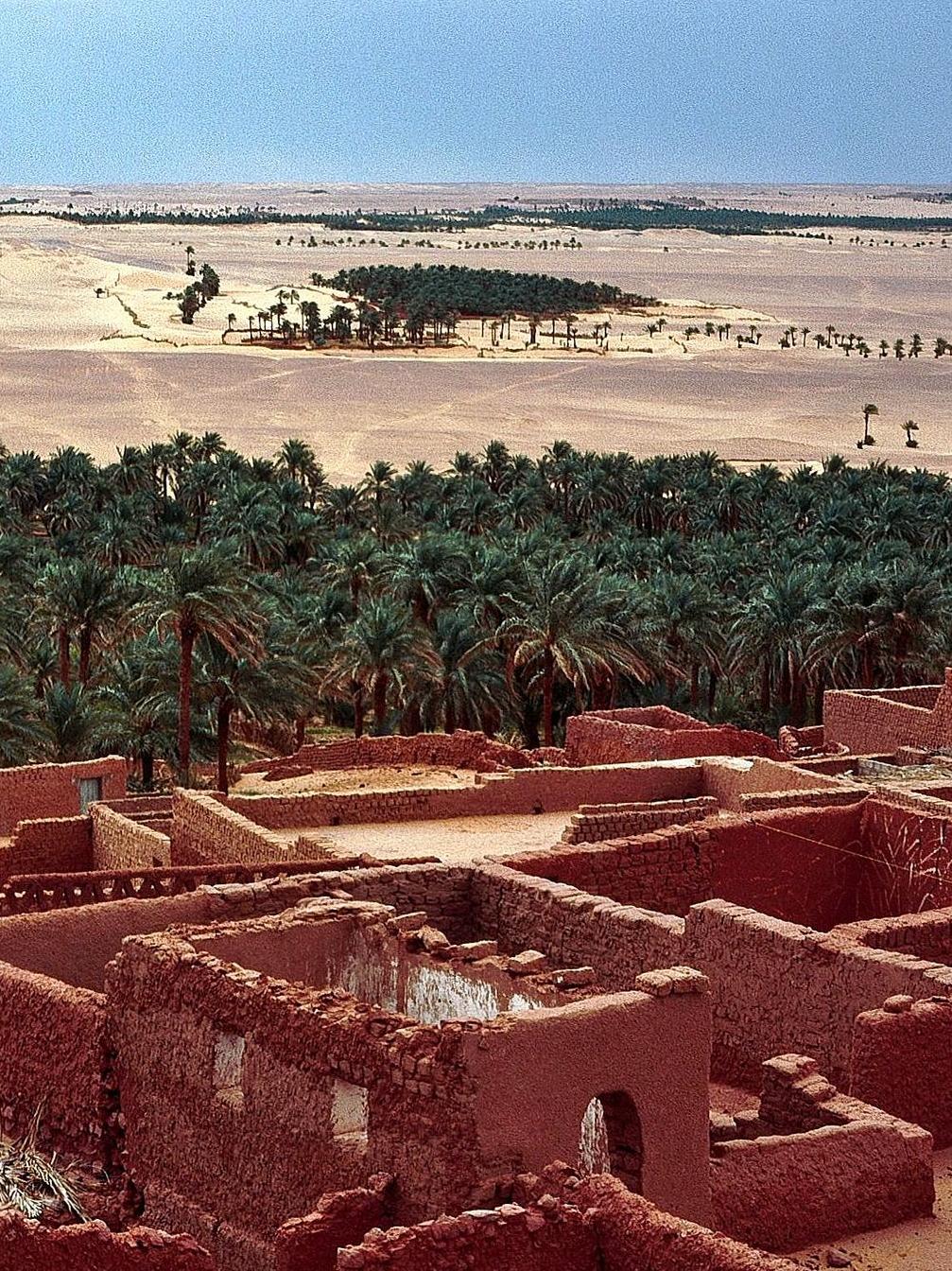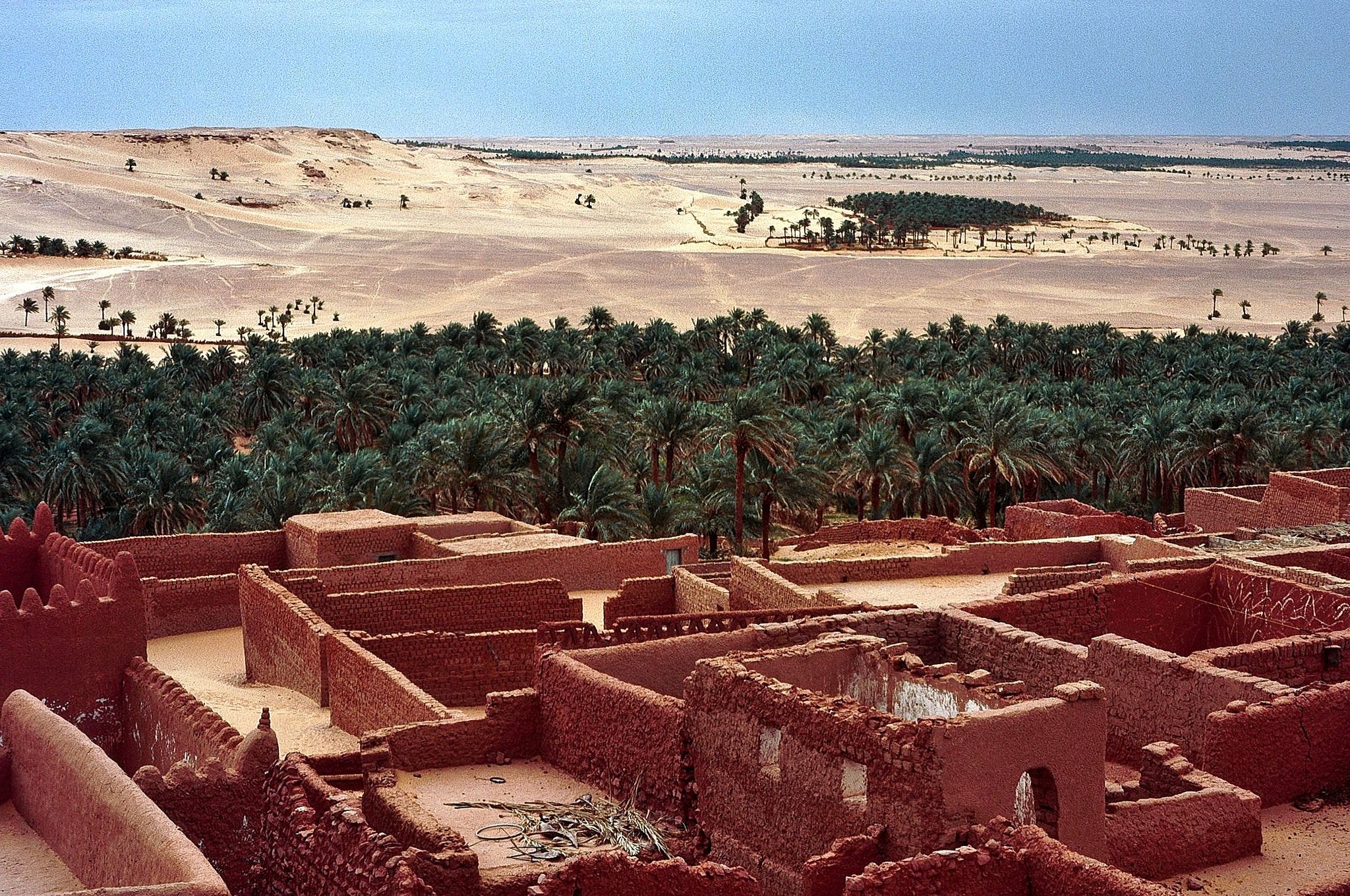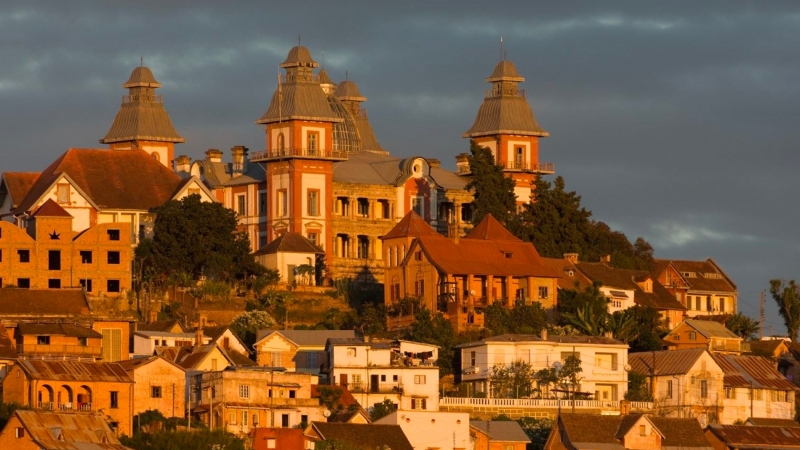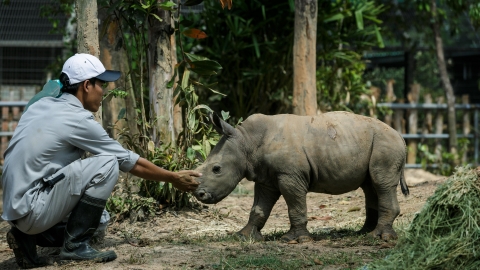Timimoun covers an area of approximately 9,936 km² and is one of the most popular tourist destinations in Algeria. It is also known as “The Red Oasis” or “La Rouge” (French for red). Notably, most of the ancient houses in Timimoun are built from red mud (red soil), following the Sudanese architectural style.
These houses are often stacked on top of each other and face higher ground. The narrow streets are covered with cloth, providing shade for pedestrians in the harsh sunlight. Algerians believe that the color red symbolizes blood and the desert.

Timimoun seen from above.
In the past, Timimoun was an important trading post, connecting North Africa with Sub-Saharan Africa. Today, Timimoun's natural landscape, unique architecture, and rich culture and history attract many domestic and foreign tourists every year.
Surrounded by palm groves and a completely dried-up salt lake, life in Algeria's Saharan oasis has thrived for centuries. Timimoun is also home to some of North Africa's most distinctive architecture.
On the border of Gourara and the western edge of the Grand Erg, Timimoun has many small villages hidden in tiny oases. The villages on the lake shore are often adorned with impressive fortified ruins: ksour (built-up areas). These fortresses often have multiple levels. Timimoun is one of three cities built in the Neo-Sudanese style.
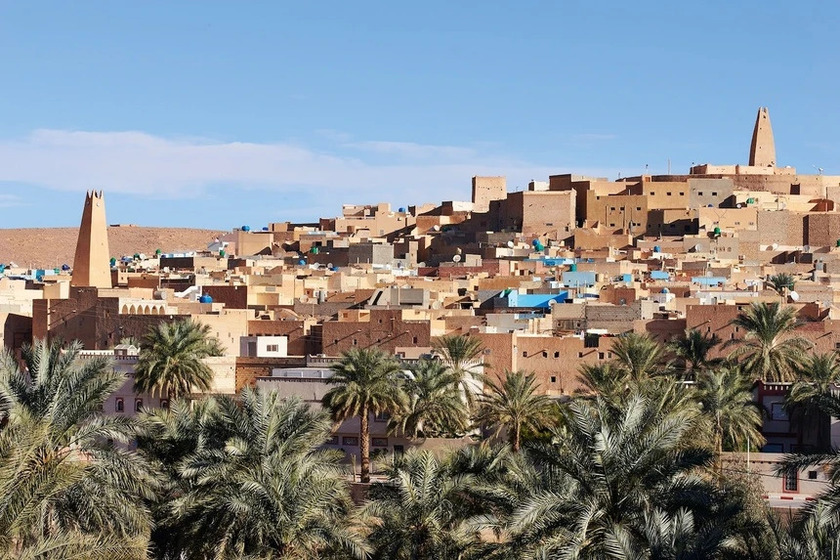
The city is covered with palm trees and buildings with unique architecture.

The red of the city is also the red of the great Sahara desert.
North of Timimoun is the M'Zab Valley, home to five "ksour" with distinctive pastel-colored houses. These citadels have been recognized by UNESCO for their "unique architecture" and efforts to preserve "a way of life and building techniques from the 21st century."
The landscape here is similar to other oases with huge sand dunes. Timimoun is gradually becoming a must-see destination when traveling to Algeria. The first impression that visitors have when setting foot in this city is its very African features. It is said that in the ancient past, this place was inhabited by people from many different origins. Therefore, this is an ideal place to explore a diverse culture thanks to the different origins of the residents.
Located in North Africa, Timimoun’s inhabitants are of both Arab and Berber origin. It is interesting to discover an oasis with different ethnicities who have left their mark on the city, creating a culture that has become a symbol of the place. According to ancient texts, centuries ago, the oasis was a place where many ships passed through. This gave rise to villages that today bear the names of ports that no longer exist.

Life in Algeria's Saharan oasis has thrived for centuries.

Tuareg people with their characteristic tagelmust headscarf.
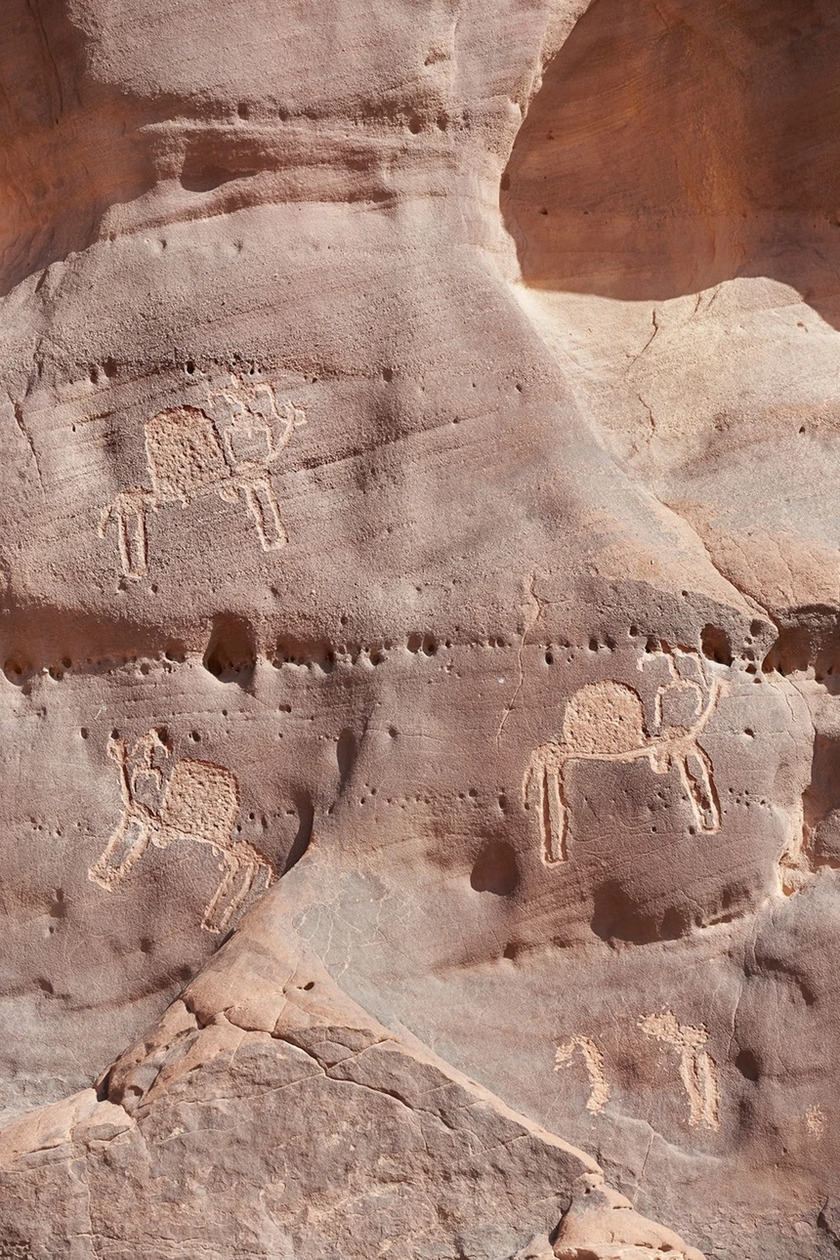
Tassili N'Ajjer rock plateau with about 15,000 ancient pictures and sculptures.
Southern Algeria is home to the Tuareg people, a semi-nomadic community that raises livestock and uses dried foods such as dates. Travelers can easily recognize the Tuareg by their tagelmust, a distinctive headdress that symbolizes their identity. The only way to safely explore Tassili N'Ajjer, a sandstone plateau in the middle of the Sahara Desert, is to use a tagelmust throughout the trip.
Tassili N'Ajjer is home to some 15,000 paintings and sculptures that depict the human presence in the area. The oldest images date back 10,000 years. According to National Geographic, the drawings indicate that the area was once a fertile savanna, where hunter-gatherers lived and shared food with elephants, lions, and giraffes. When the inhabitants turned to agriculture, they began to depict cattle. Later, as the Sahara dried up, camel imagery appeared, including scenes depicting trans-Saharan trade caravans and the lives of the Tuareg people riding camels.
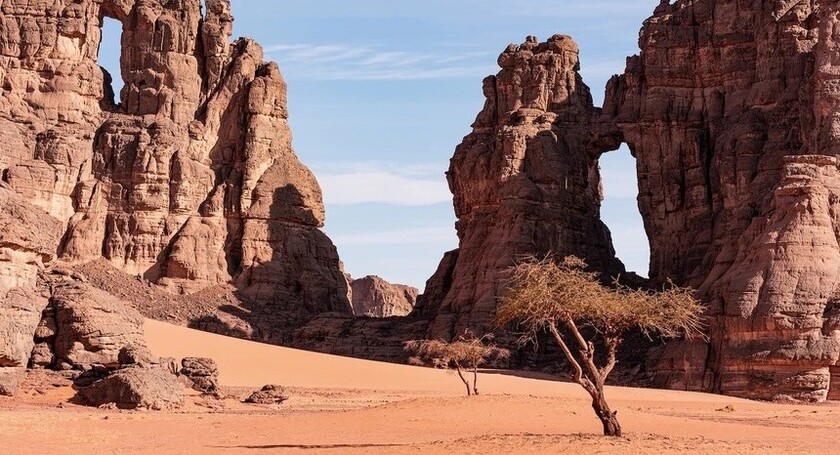
The majestic natural scenery dyed red by the oasis in the middle of the world's largest desert.

The sand dunes were dyed red in the sunset.
According to a local tour guide, the residents of the Saharan oasis have grown up with the sand and can recognize even the slightest changes in the terrain. "They are so used to the sand that when they leave their hometowns for the city, they miss the attraction of the desert and are compelled to return."
Indeed, Timimoun is a place that can conquer all those who have come here to admire the city covered in orange-red, the color of the sand dunes appearing in the splendid beauty at sunset. In Timimoun, charm is always present in every moment.





